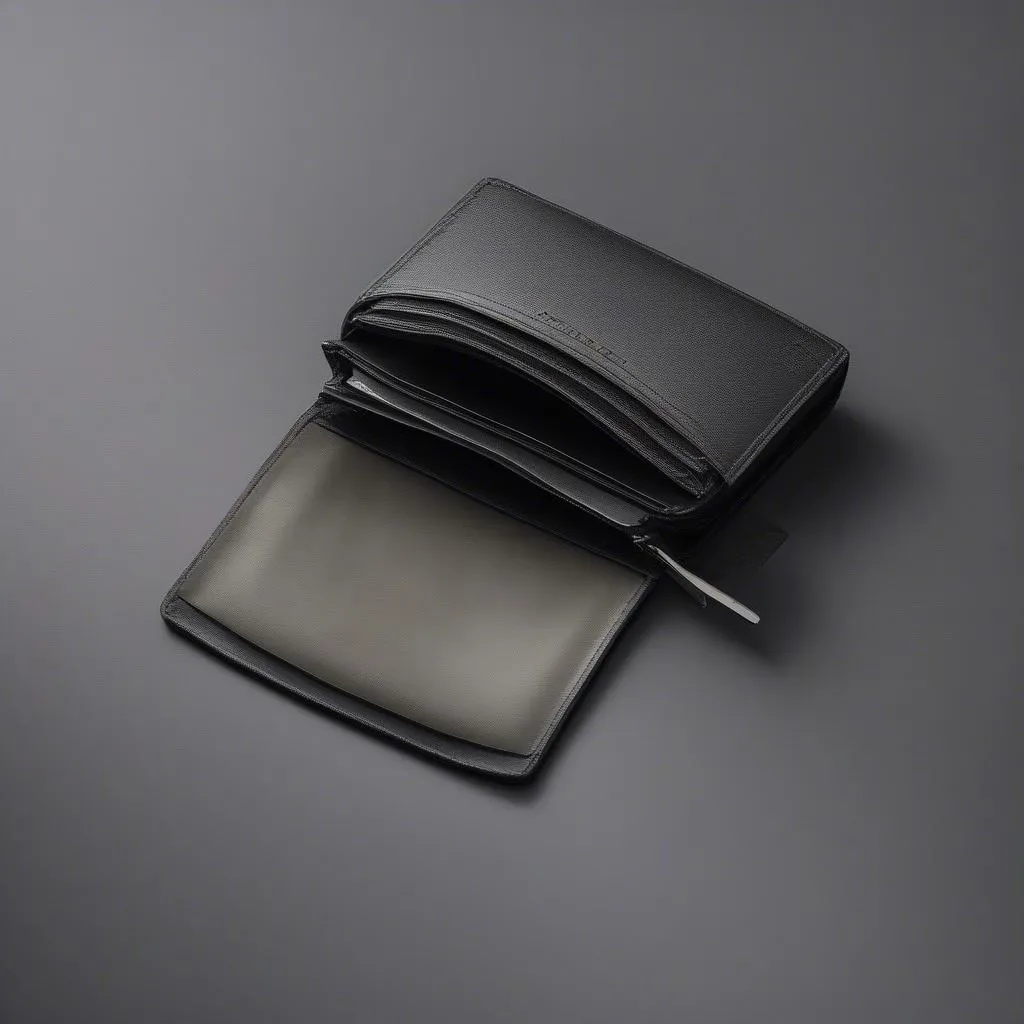In today’s world, security is paramount, and protecting your valuables from theft is a top priority. While no method is foolproof, an anti-theft wallet can significantly deter pickpockets and electronic thieves. But what if you’re on a budget or have specific needs? This guide explores how to make your own anti-theft wallet using readily available materials and simple techniques.
Why You Need an Anti-Theft Wallet
Before we delve into the how-to, let’s understand why anti-theft wallets are essential:
-
RFID Blocking: Modern wallets often come equipped with RFID (Radio Frequency Identification) chips for contactless payments. However, these chips can be vulnerable to electronic theft. An anti-theft wallet with RFID blocking technology can prevent unauthorized scanning and protect your financial data. Learn more about anti-theft RFID blocking.
-
Physical Security: Traditional wallets are susceptible to pickpocketing. Anti-theft wallets often incorporate features like slash-proof materials, hidden pockets, and chain attachments to make physical theft significantly more difficult.
Identifying Your Security Needs
The first step in making your own anti-theft wallet is identifying your specific needs:
- Level of RFID Protection: Do you need basic RFID blocking for a few cards or comprehensive protection for all your valuables?
- Physical Security Features: Consider your lifestyle and environment. Do you require a slim wallet for everyday use or a more robust option for travel?
- Budget: Determine how much you’re willing to spend on materials.
Materials and Tools
Here are some common materials and tools for making an anti-theft wallet:
- RFID Blocking Material: You can purchase RFID blocking fabric online or at specialty stores. Alternatively, aluminum foil can provide basic RFID protection.
- Exterior Fabric: Choose durable fabrics like canvas, leather, or denim.
- Lining Fabric: Soft fabrics like cotton or silk work well for lining.
- Closure Mechanism: Consider zippers, Velcro, buttons, or snaps.
- Sewing Supplies: Thread, needles, scissors, fabric glue (optional).
Building Your Anti-Theft Wallet
There are countless ways to make an anti-theft wallet, from simple cardholders to more complex designs. Here’s a basic guide to get you started:
-
Plan Your Design: Sketch out your desired wallet size and features. Decide on the number of card slots, compartments, and any additional security features.
-
Cut the Fabric: Using your design as a template, cut the exterior fabric, RFID blocking material, and lining fabric. Remember to add seam allowances.
-
Assemble the Layers: Place the RFID blocking material between the exterior and lining fabric layers. Secure them together using fabric glue or basting stitches.
-
Sew the Wallet: Sew along the edges of the wallet, leaving an opening to turn it right side out. Once turned, sew the opening closed.
-
Add Closure and Features: Attach your chosen closure mechanism. You can also add extra pockets, chains, or other features to enhance security.
FAQs
Q: Can I wash my DIY anti-theft wallet?
A: It depends on the materials used. Hand washing with mild detergent is generally recommended for fabric wallets. Avoid machine washing if you’ve used aluminum foil for RFID blocking.
Q: How effective is aluminum foil for RFID blocking?
A: While not as effective as specialized RFID blocking fabrics, aluminum foil can provide a decent level of protection against casual scanning attempts.
Q: Can I use duct tape instead of sewing?
A: While duct tape can be used for temporary solutions, it’s not as durable as sewing and may not withstand regular use.
 Secure Anti-Theft Wallet Features
Secure Anti-Theft Wallet Features
Conclusion
Creating your own anti-theft wallet is a rewarding project that allows you to customize security features and save money. Remember that while a DIY wallet can significantly enhance security, it’s essential to remain vigilant and take precautions to safeguard your belongings. For professional automotive diagnostic solutions, explore the range of products offered by Cardiagtech [link to a relevant product page]. Contact us today for expert advice on protecting your vehicle and valuables.


